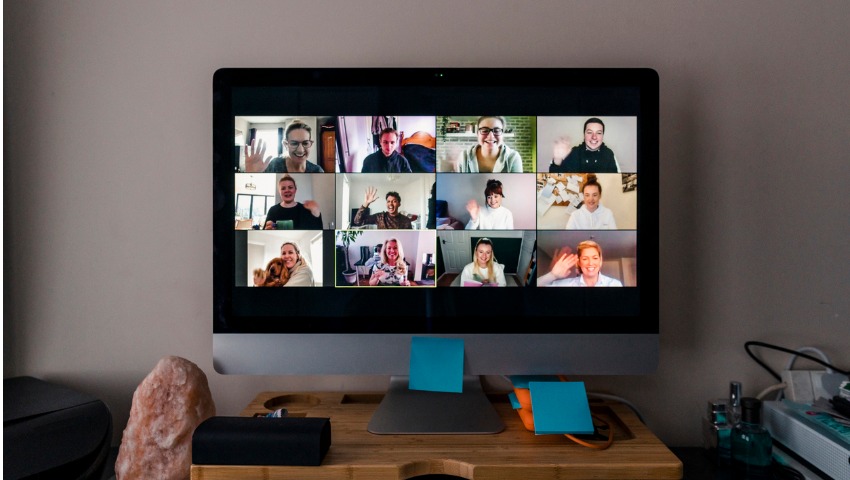If you hadn’t heard of the Zoom video-conferencing software at the beginning of 2020, don’t worry – not many people had. In a market that was largely dominated by free solutions like Skype or enterprise-grade options like WebEx, the year began for Zoom the same way it had for so many before it – with little-to-no fanfare to speak of.
Then, of course, the COVID-19 pandemic began and absolutely everything changed. In December of 2019, for example, Zoom had approximately 10 million daily meeting participants on average. Flash forward to the end of April as more people were working from home than ever, and that number had climbed to an incredible 300 million daily active users.
But at the same time, Zoom’s journey to popularity hasn’t necessarily been an easy one. After it became so popular so quickly, many people called the company’s security practices into question—particularly when it came to encryption. Rather than employing standard end-to-end encryption, Zoom encrypted videos between your computer and their servers, but then unencrypted it before re-encrypting it again to send it out to other participants. Zoom claims it doesn’t do anything with sensitive data while it’s unencrypted, but just the fact that this step exists at all is enough to give people pause.
Even as recently as August 20, Zoom’s lax security practices made national news when a pornographic clip disrupted a virtual court hearing for an alleged Twitter hacker that was being held on its platform.
But while Zoom certainly has its fair share of security-related issues, none of this means you should immediately get rid of it and begin a search for an alternative, especially if you’re comfortable with how user-friendly their platform is. You can absolutely keep your Zoom meetings safe and secure at all times—you just have to keep a few key things in mind while you do it.
The Importance of Password Protection
Over the last few months, you may have heard a lot about the topic of “Zoom Bombing.” That is, rogue users coming into virtual meetings uninvited and causing all sorts of chaos before they were removed. Part of the reason why this was possible is because Zoom meetings were “public” by default—meaning that anyone could join, so long as they knew the URL and room information. That information was also sadly easy to guess, which led to an incredible amount of trouble in a short amount of time.
If you want to make sure this doesn’t happen to you, then you should password protect ALL meetings you’re having on the platform. Then, only the people who have the password will be able to join the meeting.
Lock Down Those Meetings
Once your meeting has started, one of the first things you should do as the meeting administrator is lock the meeting. To do this, open the “Manage Participants” tab and wait for the appropriate number of people to join. Once everyone you’ve expected is in attendance, click the “Lock” button. This will prevent anyone else from joining the meeting, even if they know the access details. If someone accidentally gets disconnected, however, you may have to unlock Zoom to let them back in.
Immediately Turn Off Screen Sharing
Another one of the major mistakes that users make when setting up Zoom meetings involves leaving Screen Sharing on by default. This is how unwanted guests are able to share inappropriate images or video to all your meeting participants.
To disable screen sharing, head to the “Security” tab for your active session and check the appropriate box. At that point, the only one who will be able to share anything with other participants is the user who created the meeting.
Don’t Share Files Through Zoom
Speaking of sharing, always be sure that you’re not sharing critical or otherwise sensitive data with other users directly through the Zoom platform itself. If you’re using Zoom to handle things like business meetings, always be sure to use a more trusted service like Dropbox to pass files back and forth amongst attendees.
Keep Zoom Updated
Finally, the importance of being proactive about keeping Zoom updated cannot be overstated enough. Zoom updates—which happen on at least a weekly basis—do more than just add new features. They also fix bugs and patch security vulnerabilities that users could potentially take advantage of to disrupt your meetings and steal your information. Before you start any meeting, always make sure that your copy of Zoom is updated to the latest version and encourage all participants to do the same.


